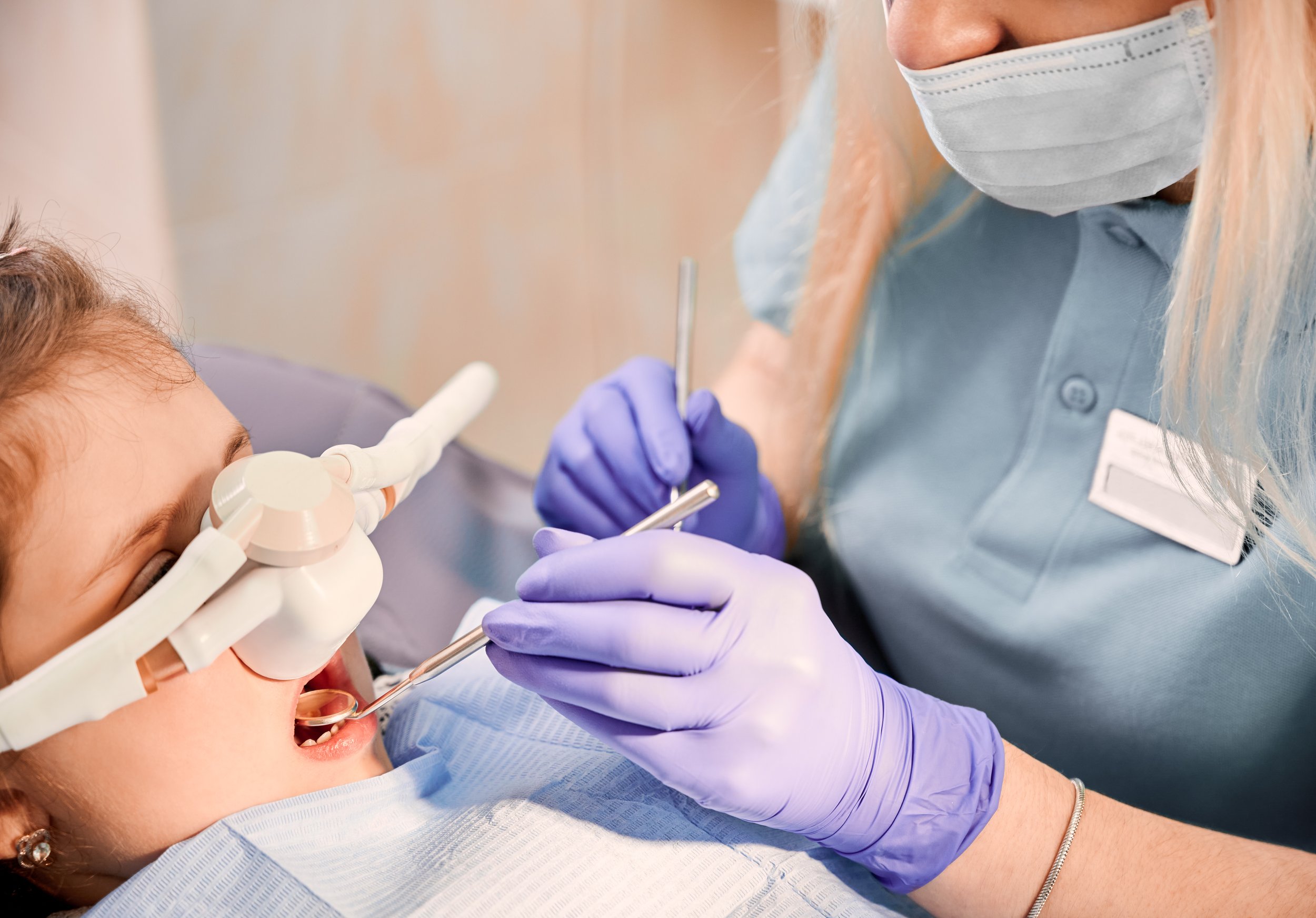
Anesthesia & Sedation
Services
Anesthesia & Sedation Offered
-
Nitrous Oxide
Nitrous Oxide, also known as laughing gas, is a mild sedative that helps your child relax without putting them to sleep. It’s administered through a small mask placed over their nose, and within a few minutes, your child will feel calm and maybe a bit giggly—hence the name! The effects wear off quickly after the mask is removed, so your child will be back to their usual self before you know it.
Laughing gas is widely used because it’s very safe. It allows us to complete necessary dental work with minimal stress for your child while ensuring they have a positive experience at the dentist. Rest assured, your child will be closely monitored throughout the entire procedure.
-
Conscious Sedation
At our practice, your child’s comfort and safety are our highest priorities. For some dental procedures, especially if your child is particularly anxious or needs extensive treatment, we may recommend conscious sedation. This method helps your child remain calm and cooperative during their visit while staying awake and able to respond to simple instructions.
Conscious sedation involves giving your child a carefully controlled dose of medication, usually in liquid or pill form, before the procedure begins. The medication helps them feel relaxed and drowsy, but they will still be aware of their surroundings and can communicate with us. This allows us to complete the necessary dental work more efficiently and with minimal discomfort for your child.
We take great care in administering conscious sedation, following strict guidelines to ensure it’s done safely. Your child’s vital signs will be closely monitored throughout the entire procedure. Most children recover quickly after sedation, though they may feel a bit sleepy or groggy for a short time afterward.
-
General Anesthesia
In some cases, particularly for extensive dental work or when a child is very young or has special needs, we may recommend general anesthesia. Unlike laughing gas or conscious sedation, which keep your child awake and responsive, general anesthesia puts your child into a deep sleep. This ensures that they remain completely still and feel no pain during the procedure.
General anesthesia is typically used when other sedation methods might not be enough to manage your child’s anxiety or if the dental work is complex and requires more time. It’s a safe and controlled process, administered by a highly trained anesthesiologist who will be with your child the entire time to monitor their vital signs and ensure their safety.
While laughing gas and conscious sedation are milder options that allow your child to remain awake, general anesthesia is more comprehensive and is only used when absolutely necessary.

